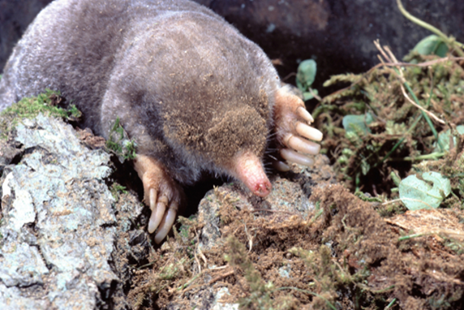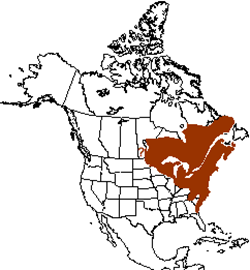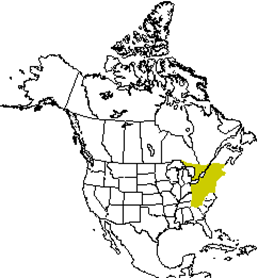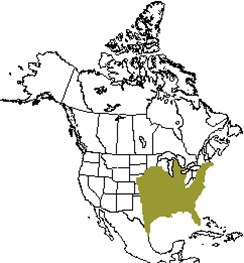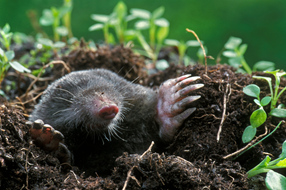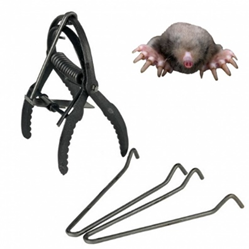-
Moles
are a type of nuisance wildlife common throughout the Varment Guard service
territory. Customers will commonly call
for mole service due to the damage done to lawns.
-
Remember
to use the information provided by the customer as a starting point for inspection. This may come from direct communication with the customer or the
notes from client service detailed in the work order/proposal.
-
On initial
inspection, start by walking the yard.
Look for tunnels and mounds of dirt.
Mole damage is usually quite obvious.
Make sure to check mulch beds for activity also.
-
Moles
do not thrive in dry or hard soil. Moles seldom come out of their burrows, and are almost never seen. Moles do not hibernate and remain active even in
the winter months.
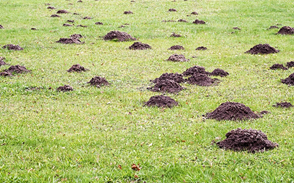
Mounds of Dirt from Mole Activity
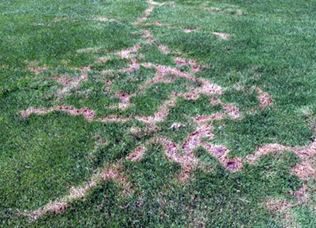
Mole Runs
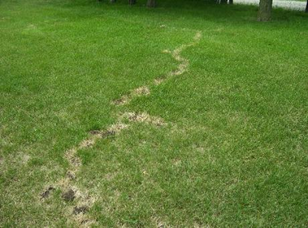
Mole Runs
